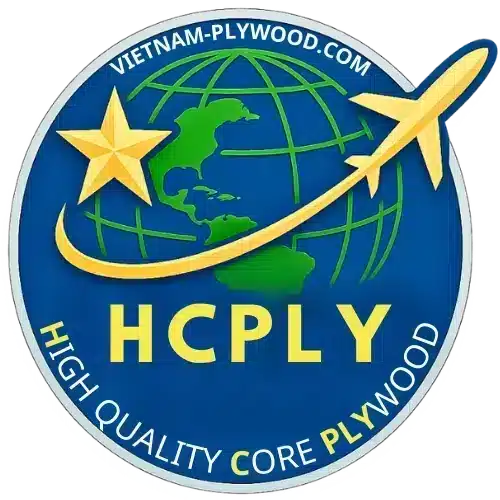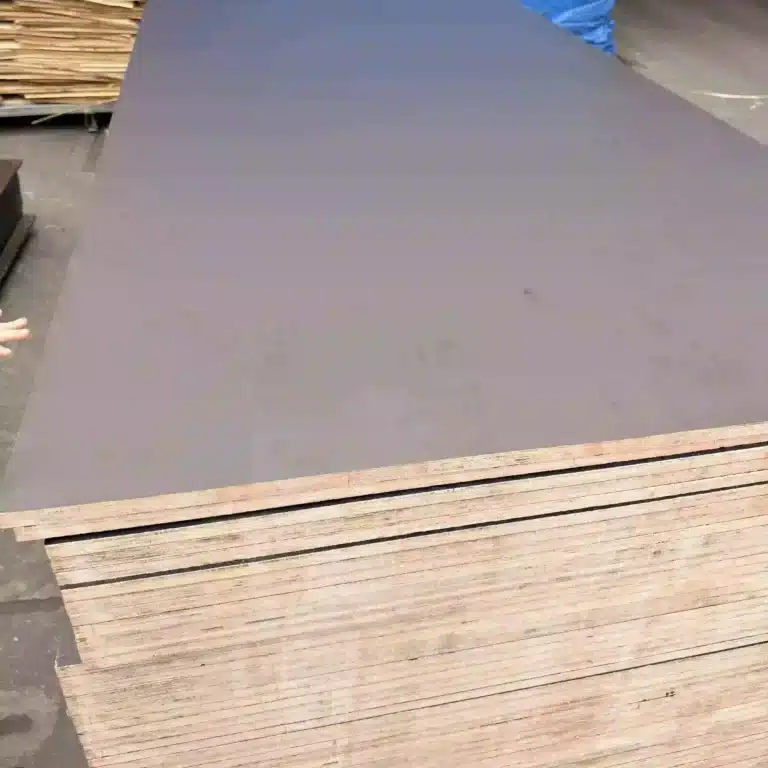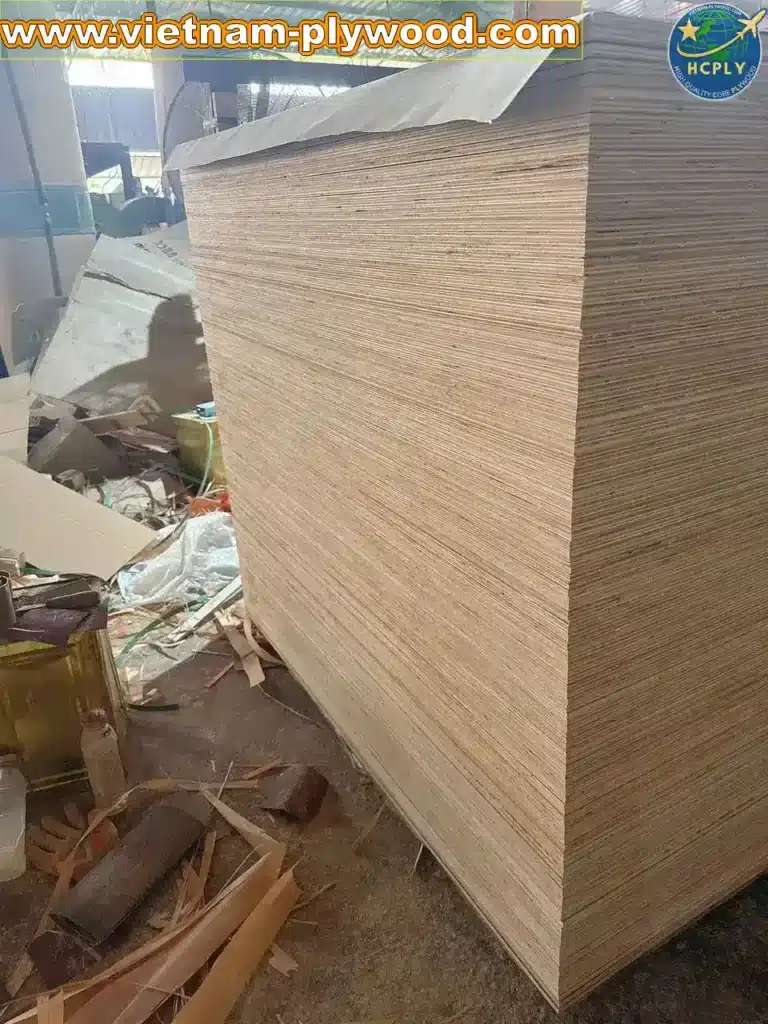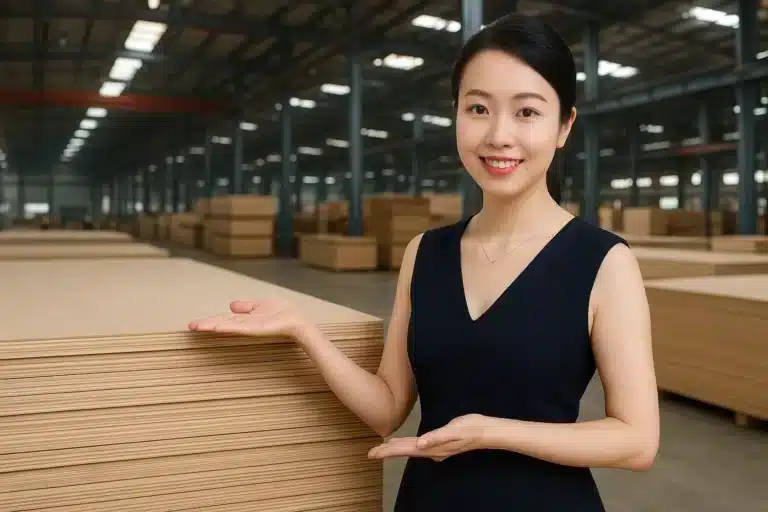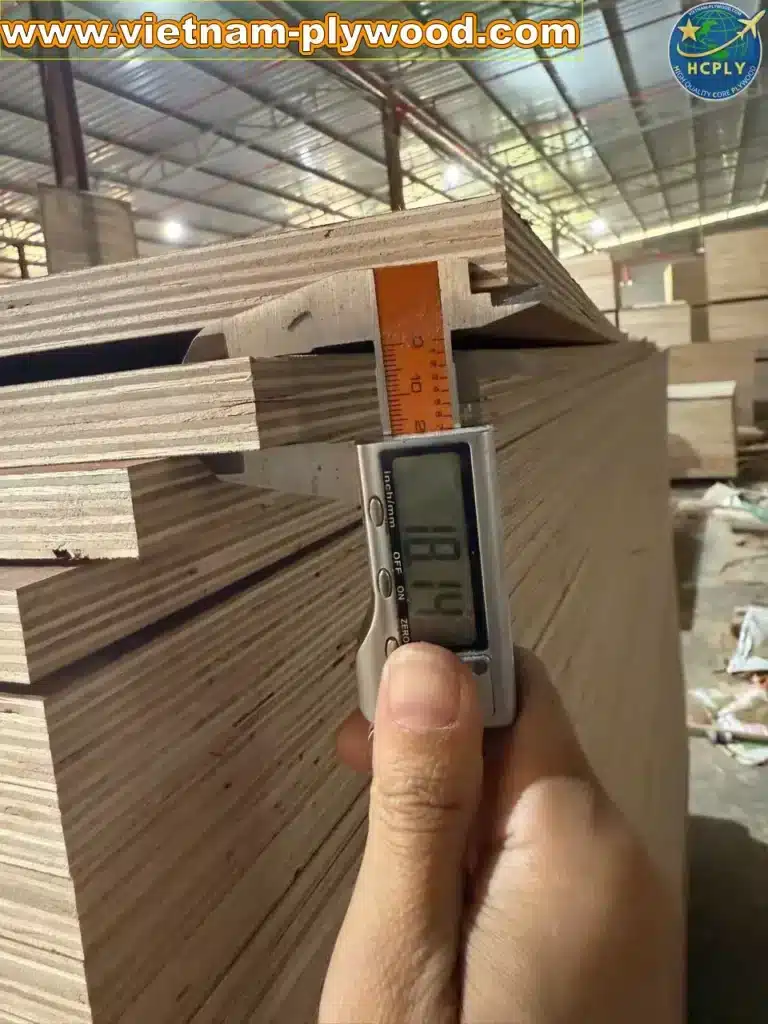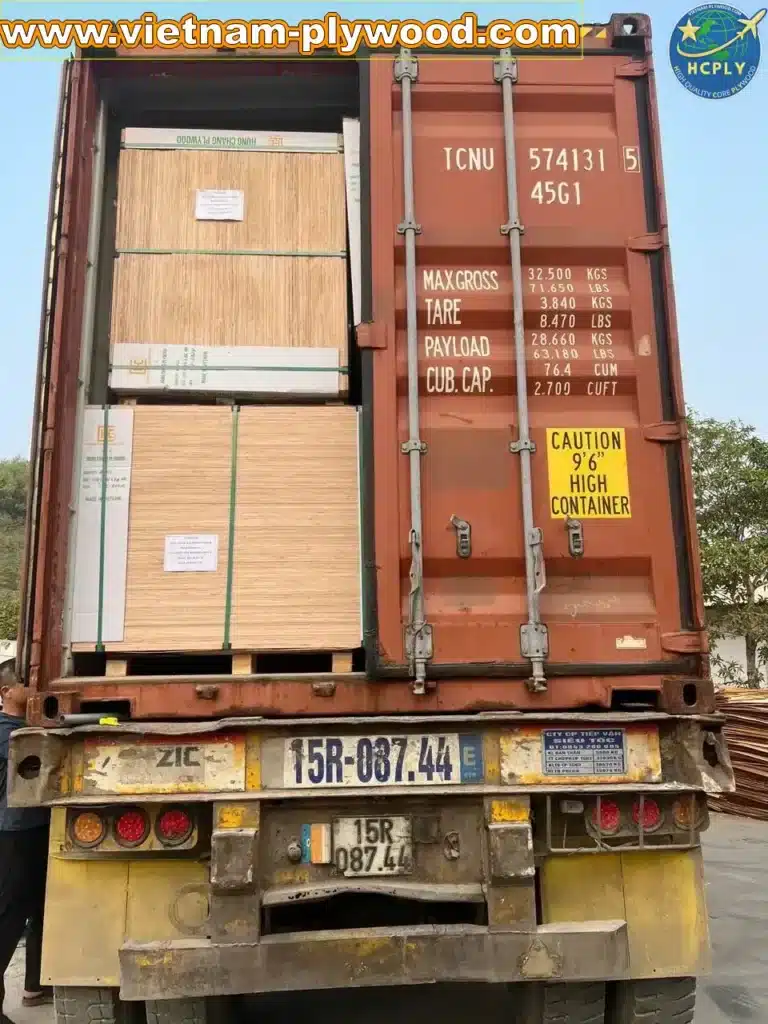Vietnam Packing Plywood Specifications – Complete Guide
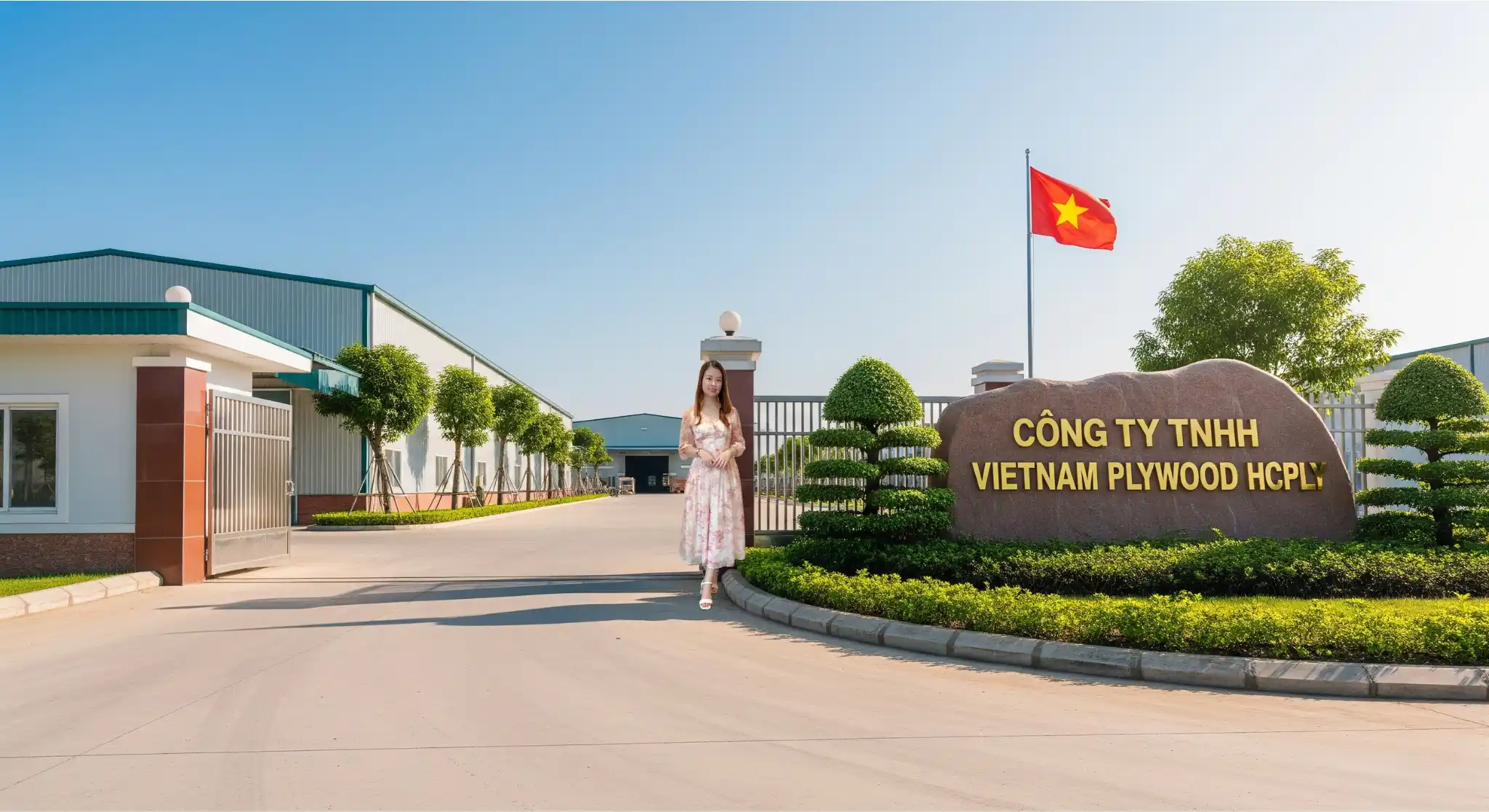
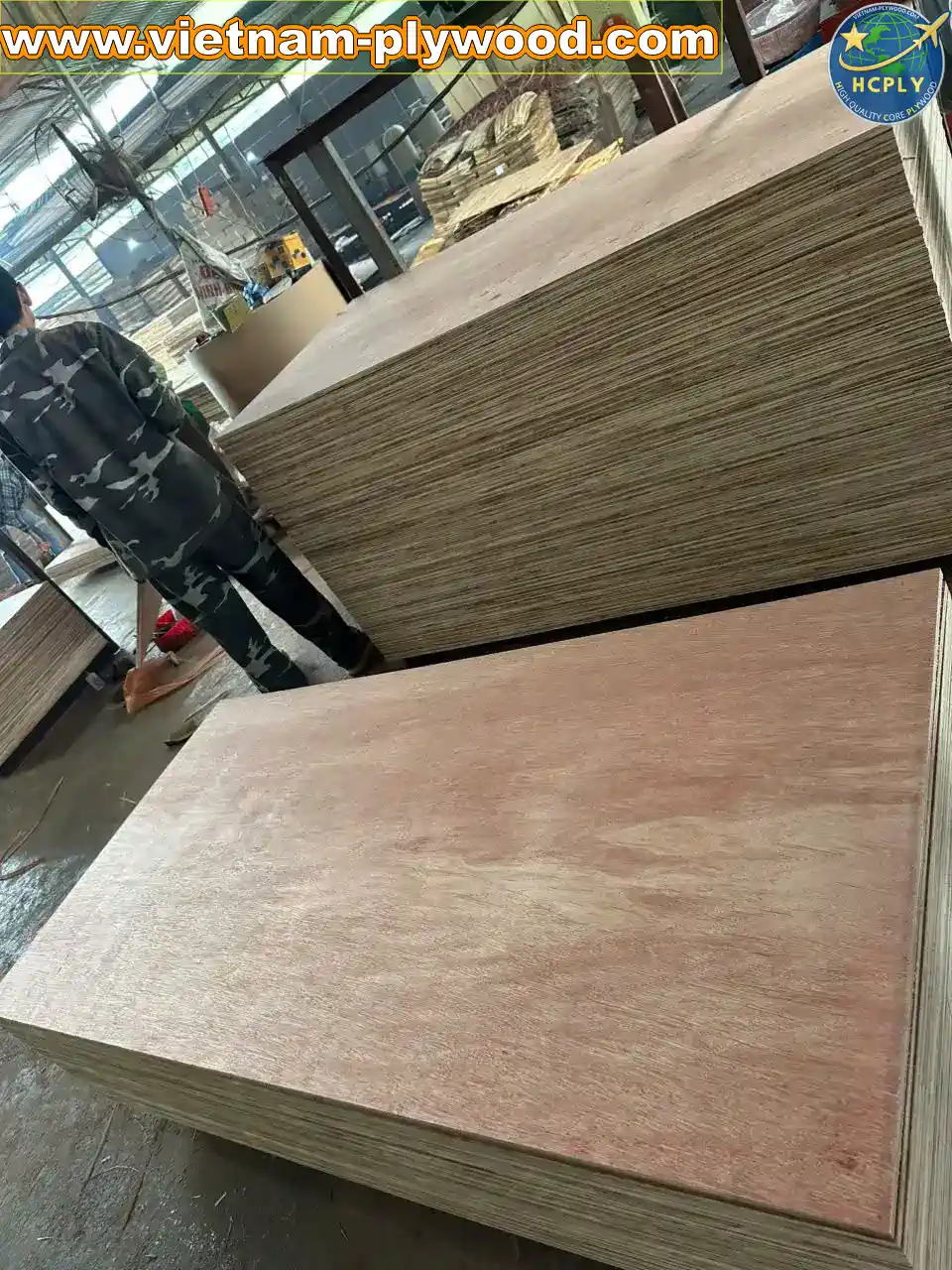
📦 Vietnam Packing Plywood Specifications – Complete Export Guide
🏆 1. Introduction – Why Packing Plywood Matters
In global export logistics, Vietnam packing plywood specifications are a decisive factor in the safety of goods, shipping cost efficiency, and compliance with international packaging regulations.
Choosing the right packing grade means:
- Ensuring structural integrity of crates and pallets
- Preventing product damage during rough handling and long transit
- Avoiding unnecessary freight costs due to over-specification
For importers, understanding packing plywood Vietnam allows you to balance cost efficiency with protective performance, ensuring you only pay for the strength you truly need.
🎯 2. Definition and Applications
Packing plywood, also called packing grade plywood Vietnam, is an industrial-grade panel manufactured for functional protection, not visual appeal.
Main applications include:
- Export crates for machinery, electronics, automotive parts
- Pallet tops and side panels
- Temporary flooring inside shipping containers
- Protective barriers in consolidated shipments
💡 Tip: If your cargo is sensitive to moisture, selecting the right glue type and edge sealing is critical for protection during sea freight.
💎 3. Materials and Core Construction
Vietnamese packing plywood is built with cost-effective but strong materials:
- Core species: Acacia, Eucalyptus, Styrax, or mixed hardwood combinations
- Face veneer: Low-grade hardwood, Bintangor, or Okoume, primarily for coverage
- Glue type:
- MR (Moisture Resistant) – suitable for dry or short-term shipping
- WBP (Water Boil Proof) – recommended for long-distance sea freight or high-humidity regions
🔹 H4: Layer Configuration
Typical configurations:
- 8–12 mm → 3–5 core layers for crates & pallets
- 15–18 mm → Heavy-duty or reusable crates, often reinforced for stacking strength
Balanced layup is used to prevent warping during transit.
📏 4. Standard Sizes and Thickness
Common dimensions for export plywood Vietnam:
- 1220 × 2440 mm – Most widely available and cost-effective
- Customized sizes available to match specific crate designs
Thickness ranges:
- 5–6 mm – Light protective covering
- 8–12 mm – Standard export crates and pallet decks
- 15–18 mm – Heavy-duty or reusable shipping boxes
📌 Choosing the right thickness prevents over-engineering while maintaining protection.
🛠 5. Technical Specifications
- Moisture content: 8–14% (ideal for export stability)
- Density: 500–650 kg/m³ (varies with species)
- Tolerance: ±0.3–0.5 mm
- Surface finish: Sanded or unsanded (unsanded for economy; sanded for handling safety)
- Edge sealing: Optional for moisture protection in sea freight
- Bonding strength: Tested to meet minimum shear strength standards for packaging plywood
🔍 6. Quality Standards and Testing
Packing plywood for export should meet:
- ISPM-15 compliance (for crates with solid wood components, fumigation/heat treatment required)
- Static load testing for heavy machinery crates
- Bond line tests to ensure veneers remain intact under shipping stress
- Humidity simulation for sea freight destinations
📌 7. FAQ – Common Buyer Questions
H3: Q1 – Is WBP glue necessary for packing plywood?
Not always. For short transit or air freight, MR glue is cost-effective. For sea freight or humid conditions, WBP glue provides longer-lasting protection.
H3: Q2 – Can packing plywood be reused?
Yes. Panels 15mm or thicker with WBP glue can often be reused multiple times, especially if edge-sealed.
H3: Q3 – What’s the cheapest thickness for export crates?
8–9 mm is the most common for lightweight goods, balancing cost and strength. Heavier cargo requires thicker panels.
📈 8. Cost Considerations
Packing plywood is cheaper than furniture-grade plywood due to:
- Lower veneer grades
- Less strict appearance requirements
- Cost-focused material sourcing
However, three main factors significantly influence price:
- Glue type (WBP > MR in cost)
- Core species (hardwood > mixed or softwood cores)
- Panel thickness (thicker = more raw material cost)
💬 9. Expert Tip from HCPLY
“In packaging, function is king — choose specs that protect your goods without overspending.”
— David, Export Project Leader, HCPLY
🌟 10. Closing Thoughts – Balancing Cost and Protection
The right packing plywood export strategy ensures:
- Cargo safety throughout the shipping journey
- Cost efficiency in material and freight
- Compliance with global packaging standards
“Protection doesn’t have to be expensive — it has to be smart.”
By mastering Vietnam packing plywood specifications, importers can confidently order panels that match their cargo’s protection needs without paying for unnecessary upgrades.
📞 WhatsApp: +84-338616333
✉ Email: [email protected]
🌐 View All Plywood Products
